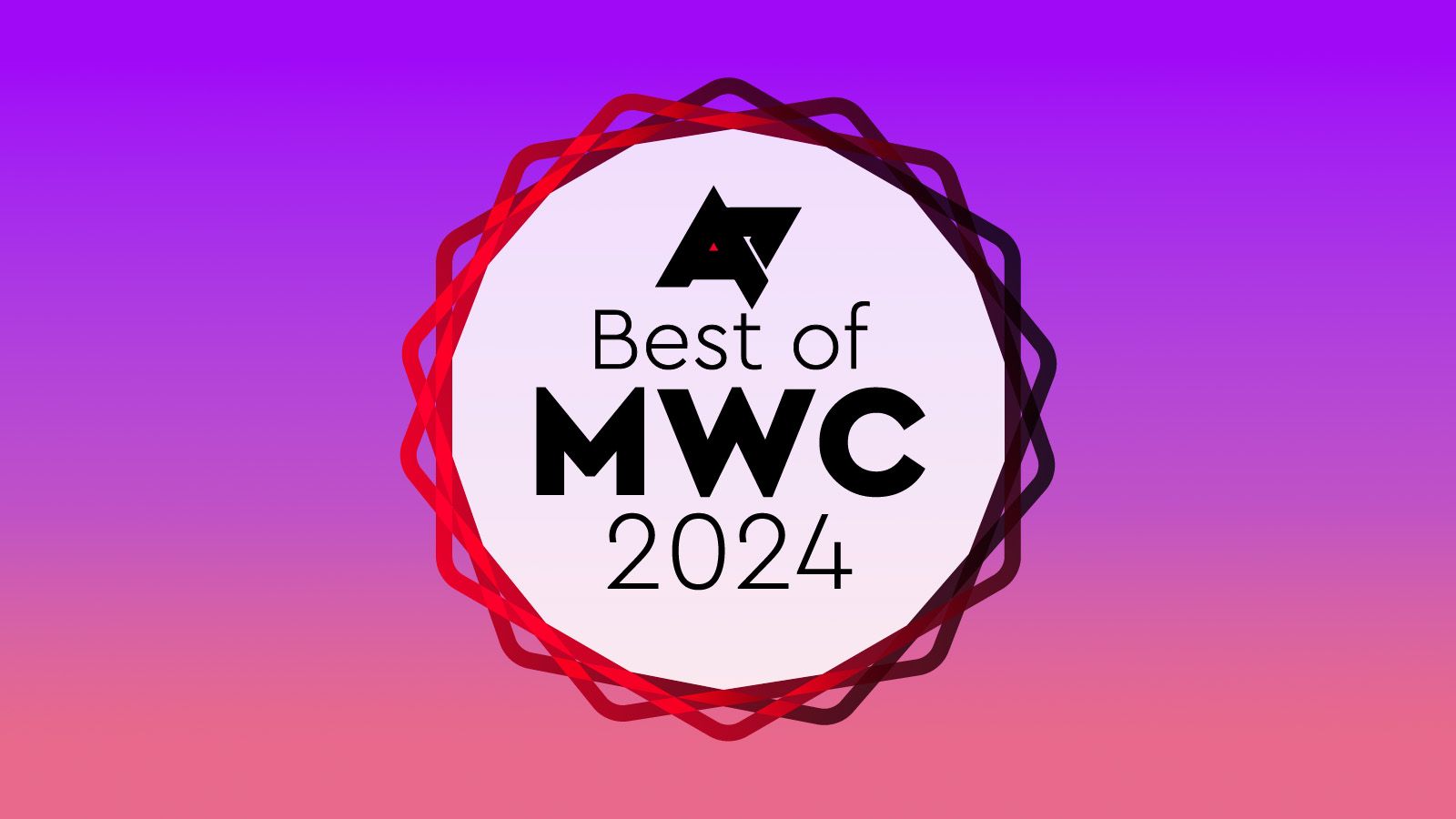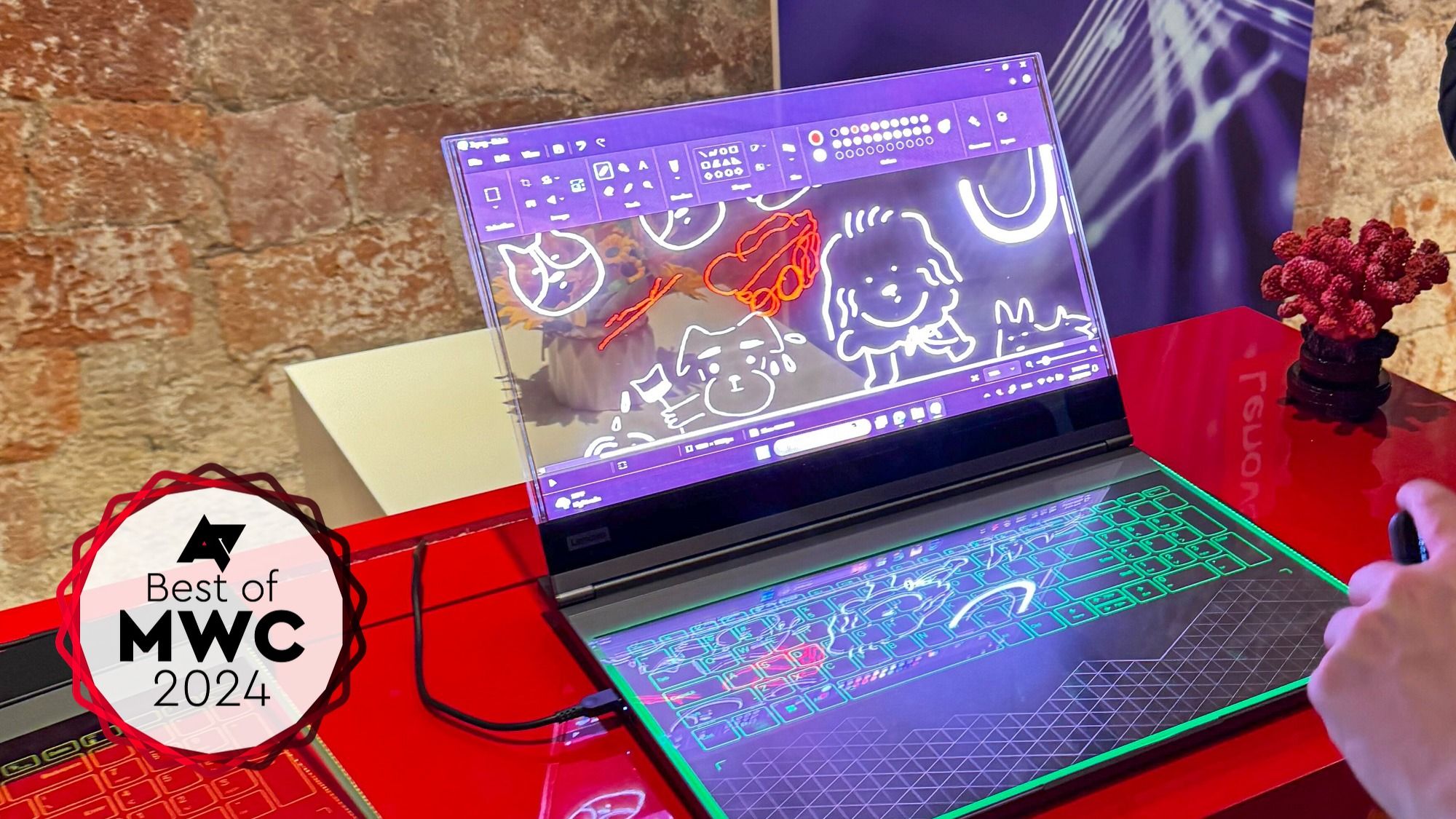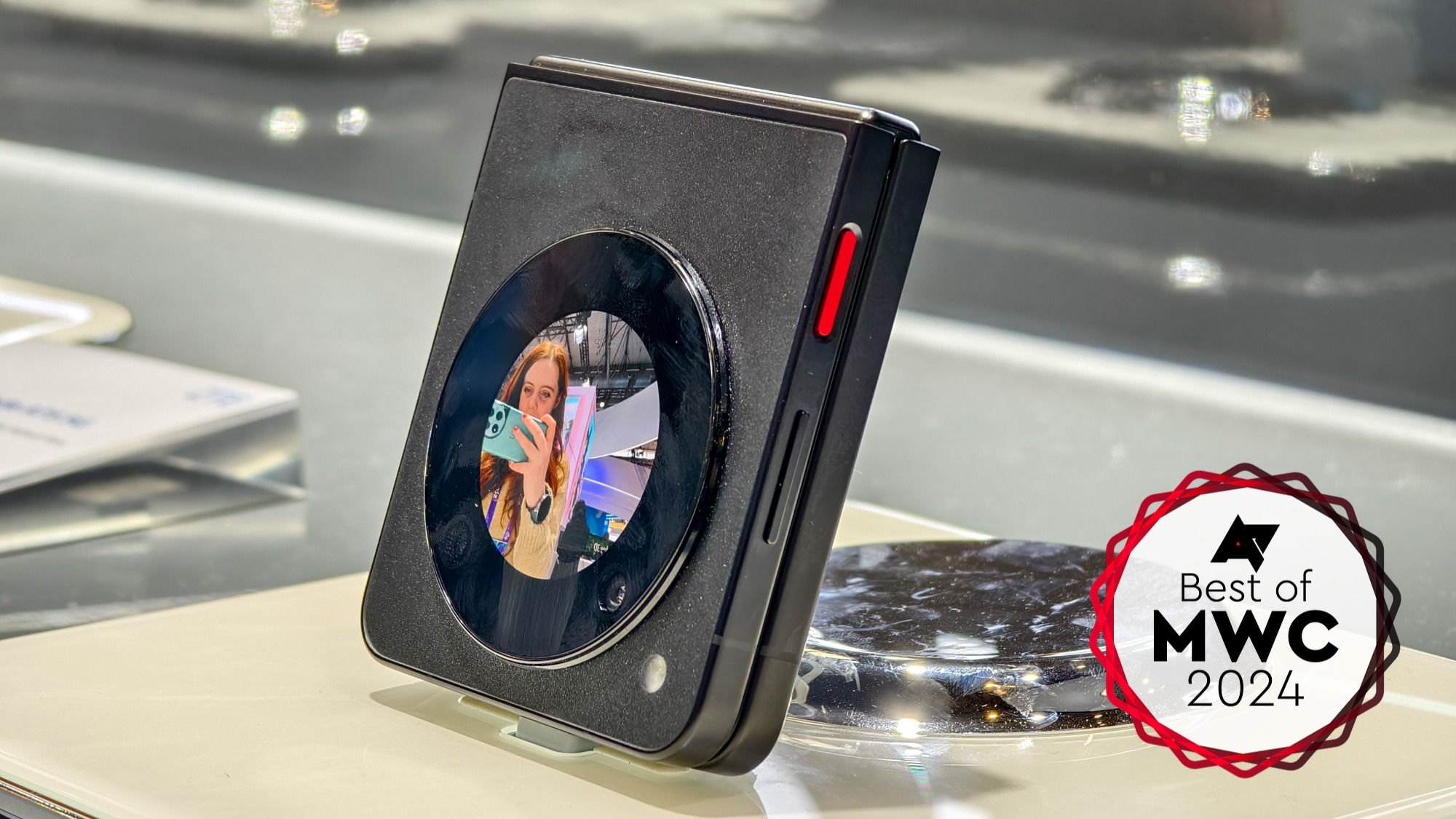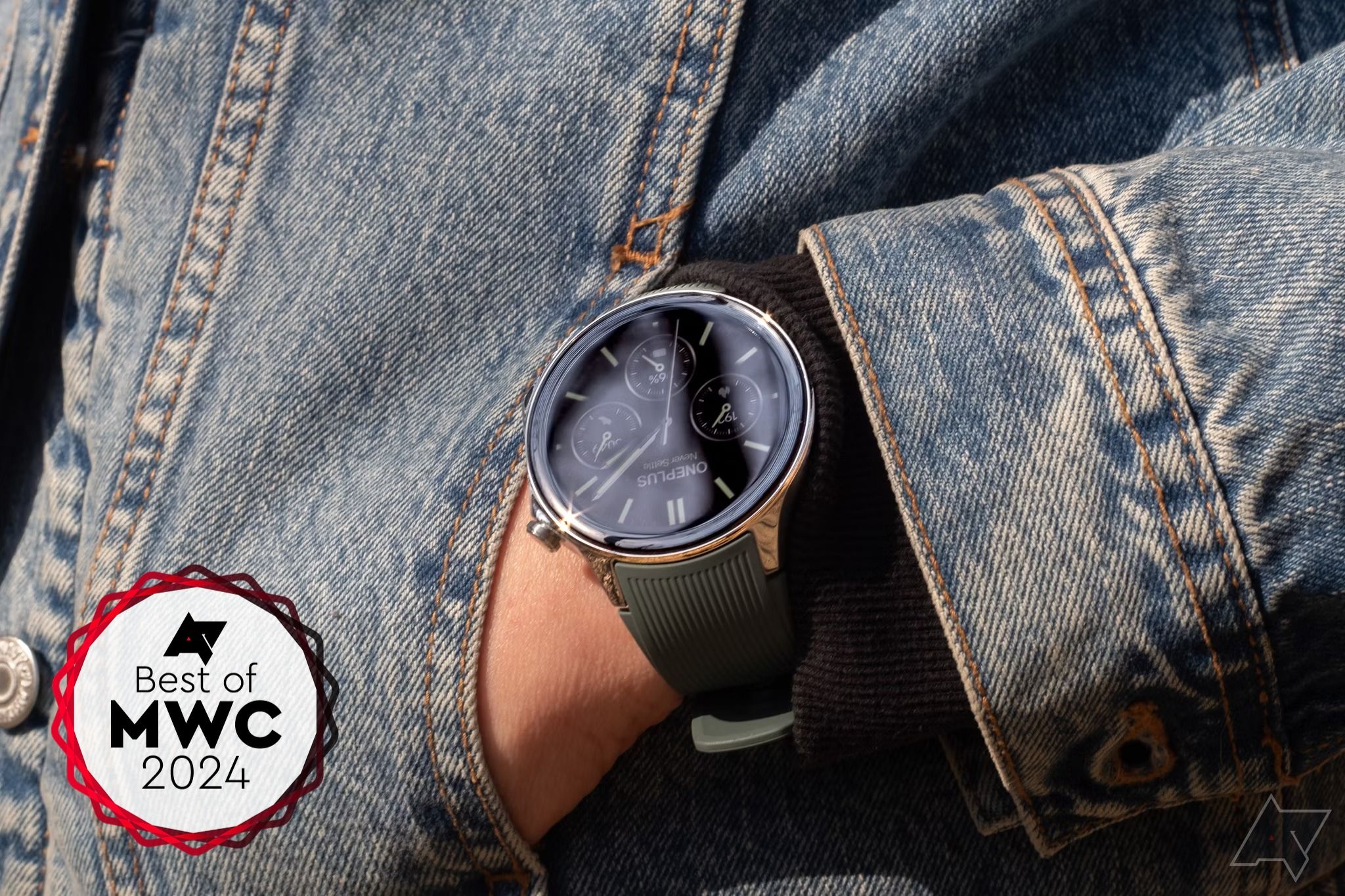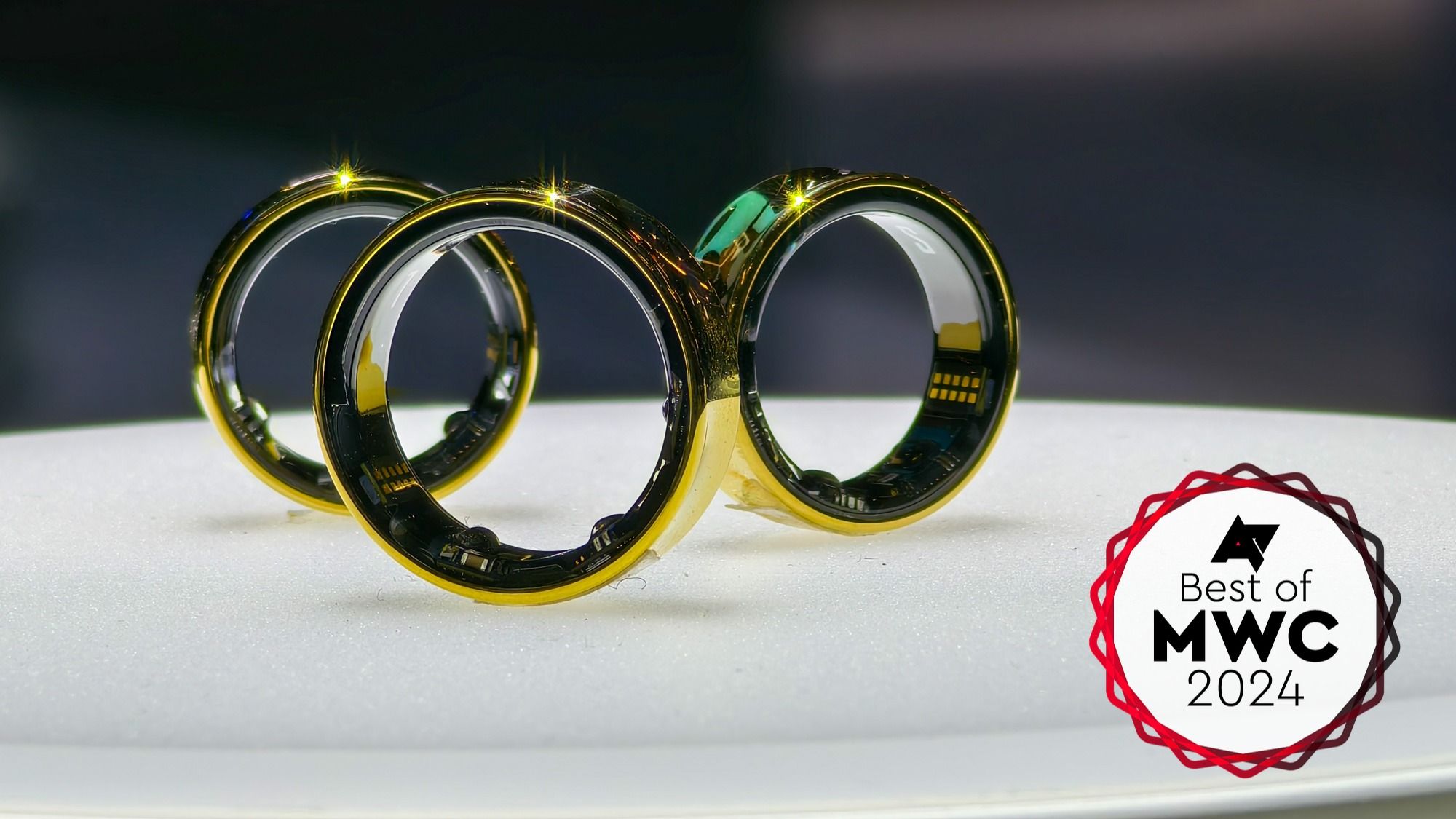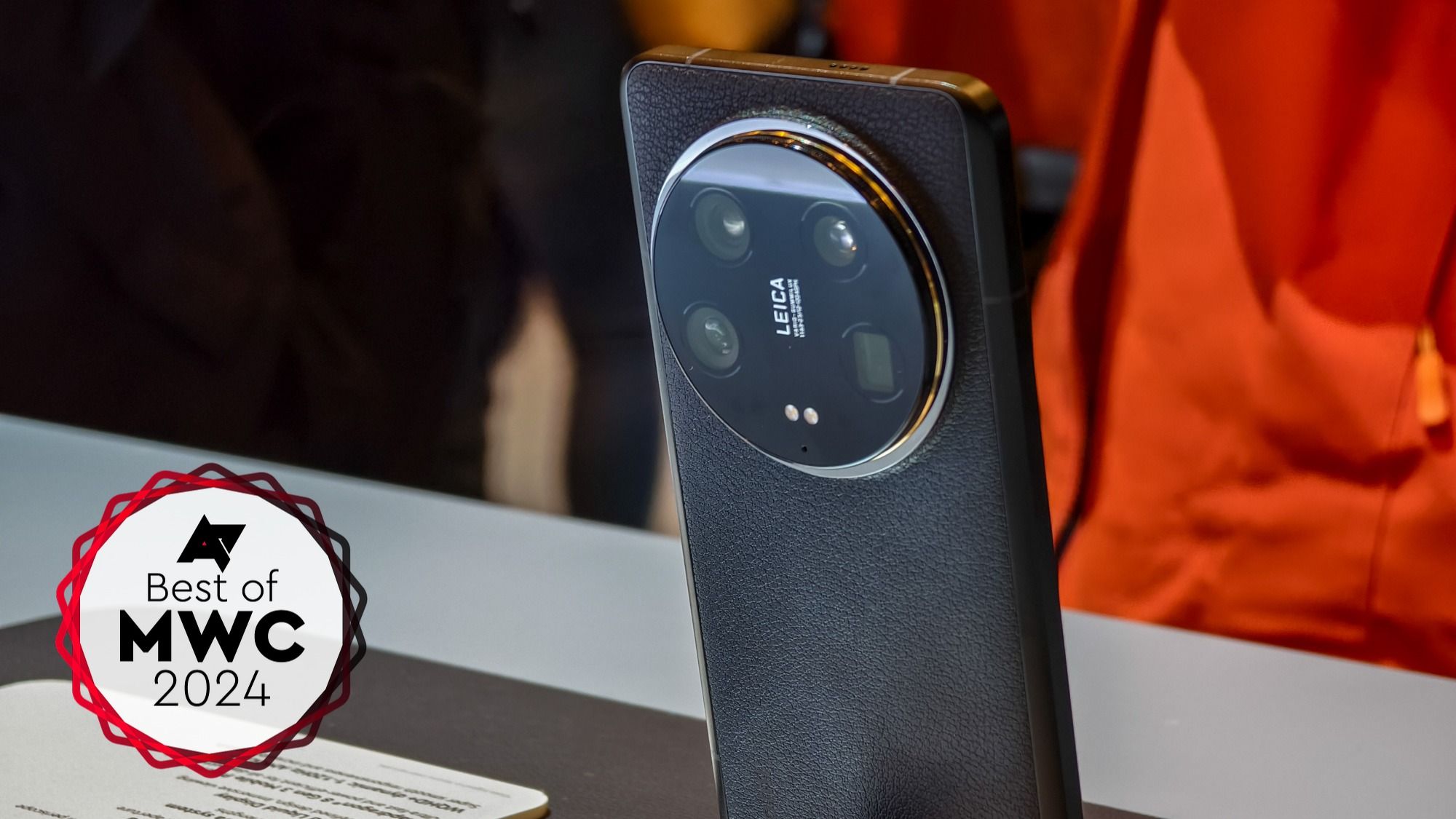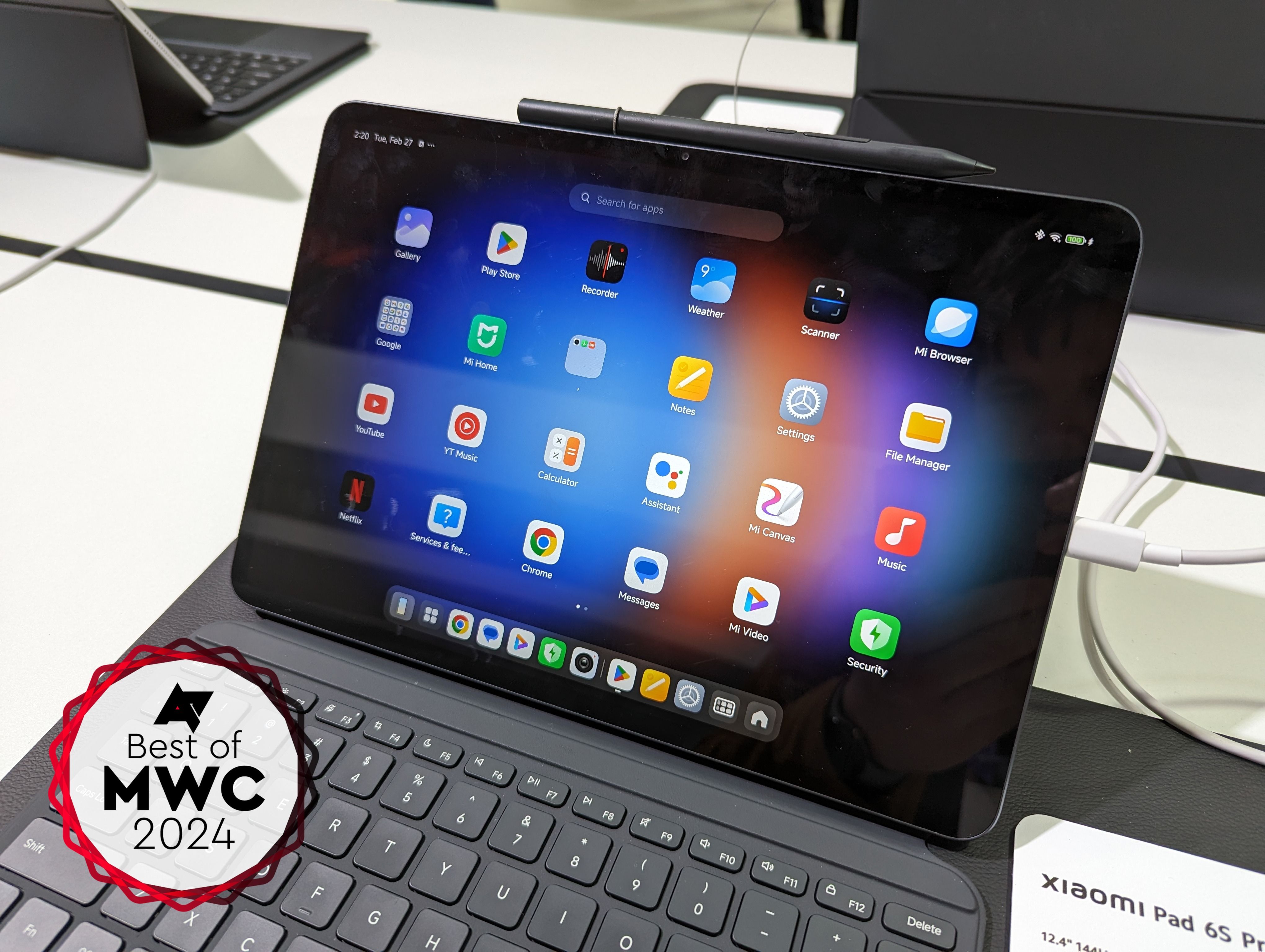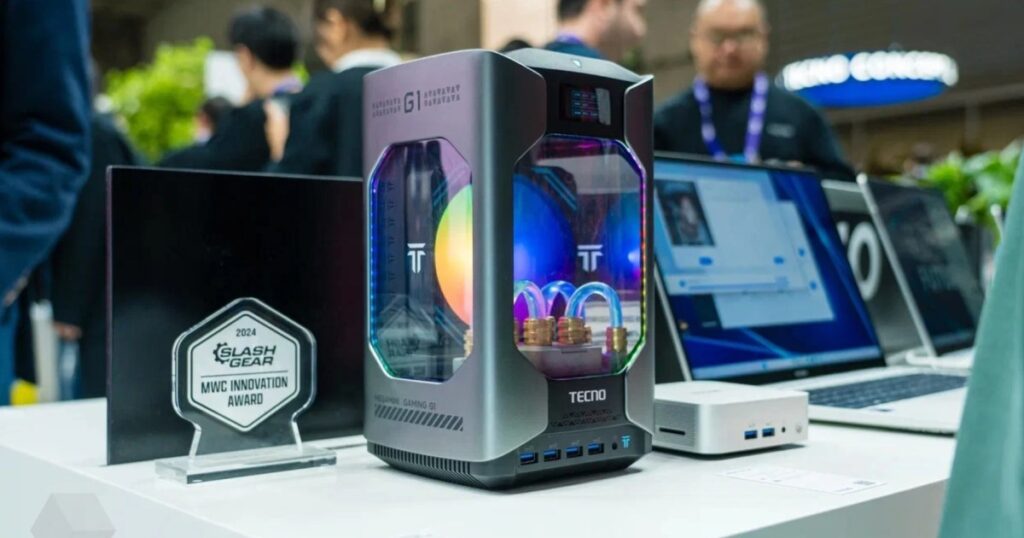The biggest phone show of the year is here, and as expected Mobile World Congress 2024 brought with it a barrage of new Android hardware, gadgets both weird and wild, and Google even threw in an Android and Gemini feature drop for good measure. Android Police’s editors have been prowling the show floor in Barcelona to do some tech triage and find the launches you need to know about.
Not everything made the cut. Motorola’s flexible phone-watch hybrid left us hoping this isn’t the future of phones, HMD’s promised Barbie phone is still months away from even being properly revealed, and Telekom’s Concept AI Phone doesn’t quite fulfill its promise to kill off apps for good.
But below you’ll find the announcements that did impress us, from powerful flagship phones set to lead the market in Europe and Asia to new wearables from OnePlus and Samsung, and a couple of concepts that really do feel like the next steps for tech.
Honor Magic 6 Pro
Honor’s new flagship goes big on the battery
The Honor Magic 6 Pro may not make its way to the US, but it’s an exciting phone nonetheless. On top of hitting all the usual marks like the Snapdragon 8 Gen 3, an incredibly bright and vivid 120Hz display, and a sprinkle of AI features, the phone blew our minds thanks to its battery.
With its 2024 flagship, Honor introduced the second generation of its silicon-carbon battery, which exchanges the regular graphite anode in lithium-ion batteries for one made of silicon-carbon. This allows the company to pack much more energy into the same physical space, allowing for an impressive 5,600mAh capacity.
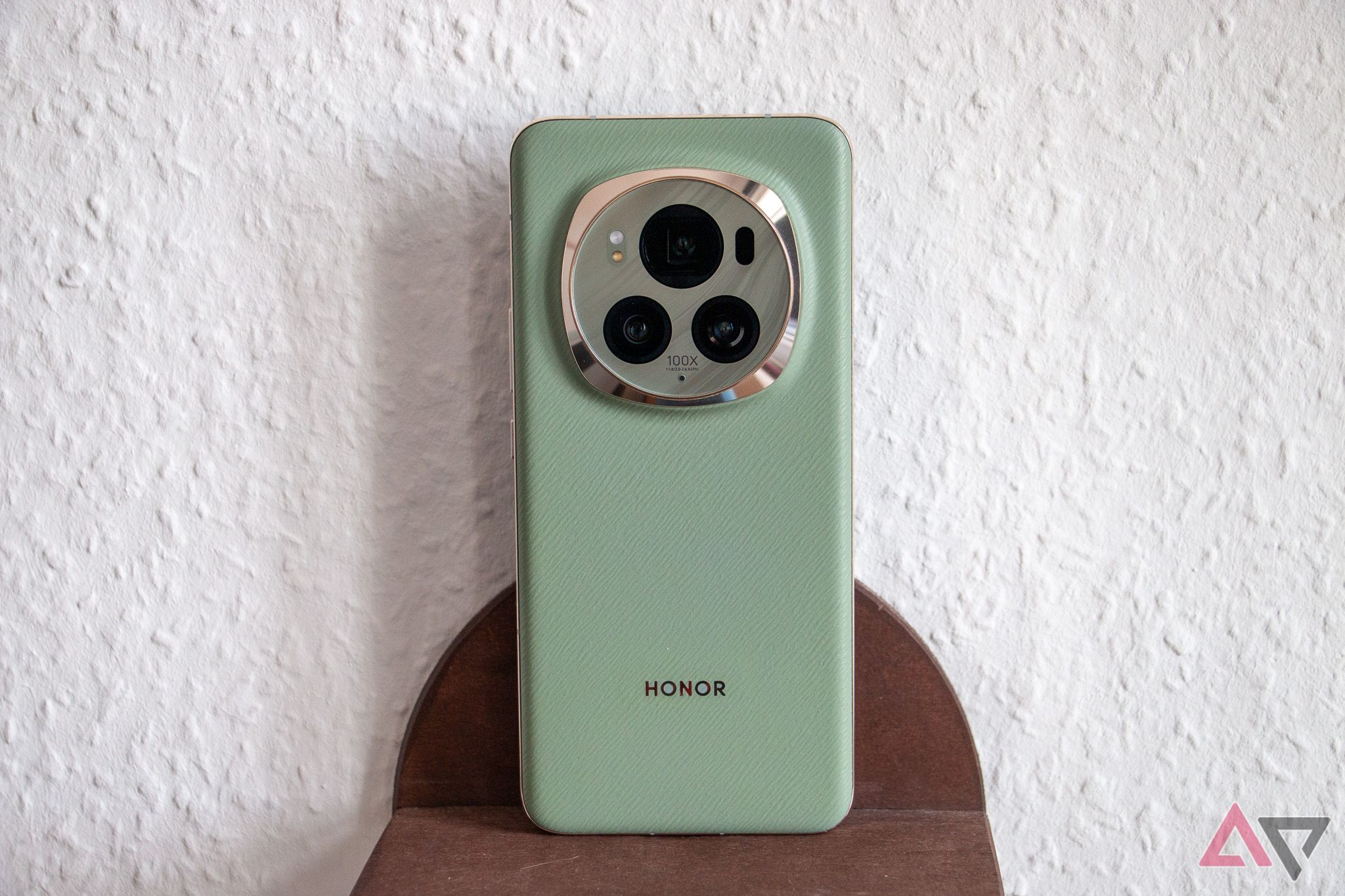
Honor Magic 6 Pro review: I want this battery in every phone
The Honor Magic 6 Pro is jam-packed with the latest hardware and offers a battery like no other
Car manufacturers are experimenting with this technology as well as it allows batteries to hold more charge in colder temperatures, which are usually a range killer. On top of the big size, Honor also allows for quick charging at 80W, meaning you practically never need to worry about battery life again. We weren’t able to run down the battery in any single day in our review, with it easily lasting up to two days with moderate use.
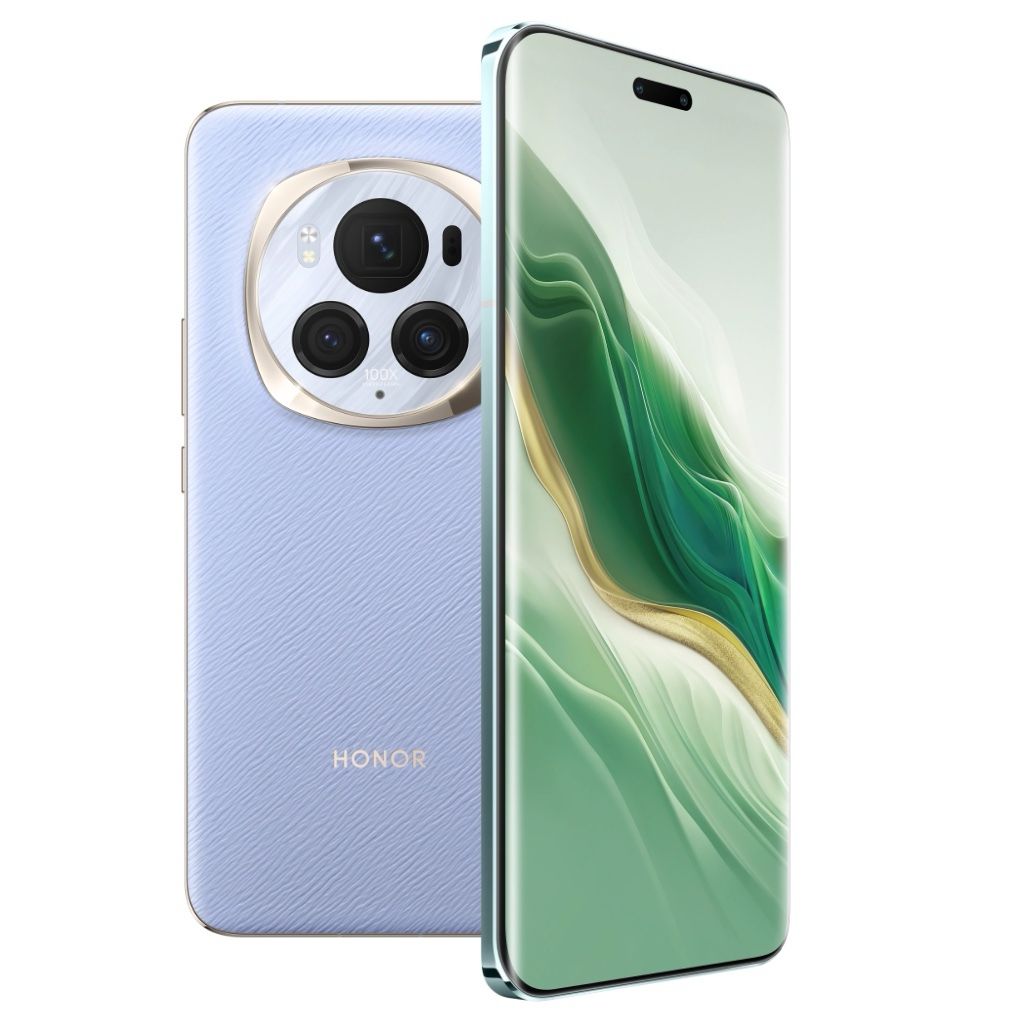
Honor Magic 6 Pro
The Magic 6 Pro is a flagship in every respect, but its USP is that giant 5,600mAh battery, complete with fast 80W charging and silicon-carbon tech that maintains performance even in the cold.
Lenovo ThinkBook Transparent Display Laptop Concept
The future tech we actually want
Transparent displays have always felt like a futuristic concept we’d never fully reach, and not just because of technical constraints. On its face, adding a translucent panel to pre-existing form factors doesn’t necessarily add anything to the experience, and in practice, that’s totally true. Thinking that way doesn’t take one crucial fact into account: transparent displays are just pretty damn cool.
Unlike Motorola’s bendable smartphone, which left me feeling pretty cold, Lenovo’s transparent display concept left me wowed. It’s shockingly bright, which actually helps the content on screen pop regardless of what’s happening in the environment behind the laptop. Really, the biggest downside to Lenovo’s concept has nothing to do with the actual panel, but the chassis it’s built into. It’s paired with a second touchscreen in place of a physical keyboard, which feels a little hat-on-a-hat to me.
But the display itself is the sort of thing that you want as soon as you see it, if only for the gimmick. I’m not sure there’s an actual functional use to this technology — at least, not yet — but if you’re looking for something that feels fresh and fun, this is it. More than anything, though, I’d love to see it arrive on smartphones. Forget fancy colors or customizable options; I want the next Pixel to be one single clear piece of glass.
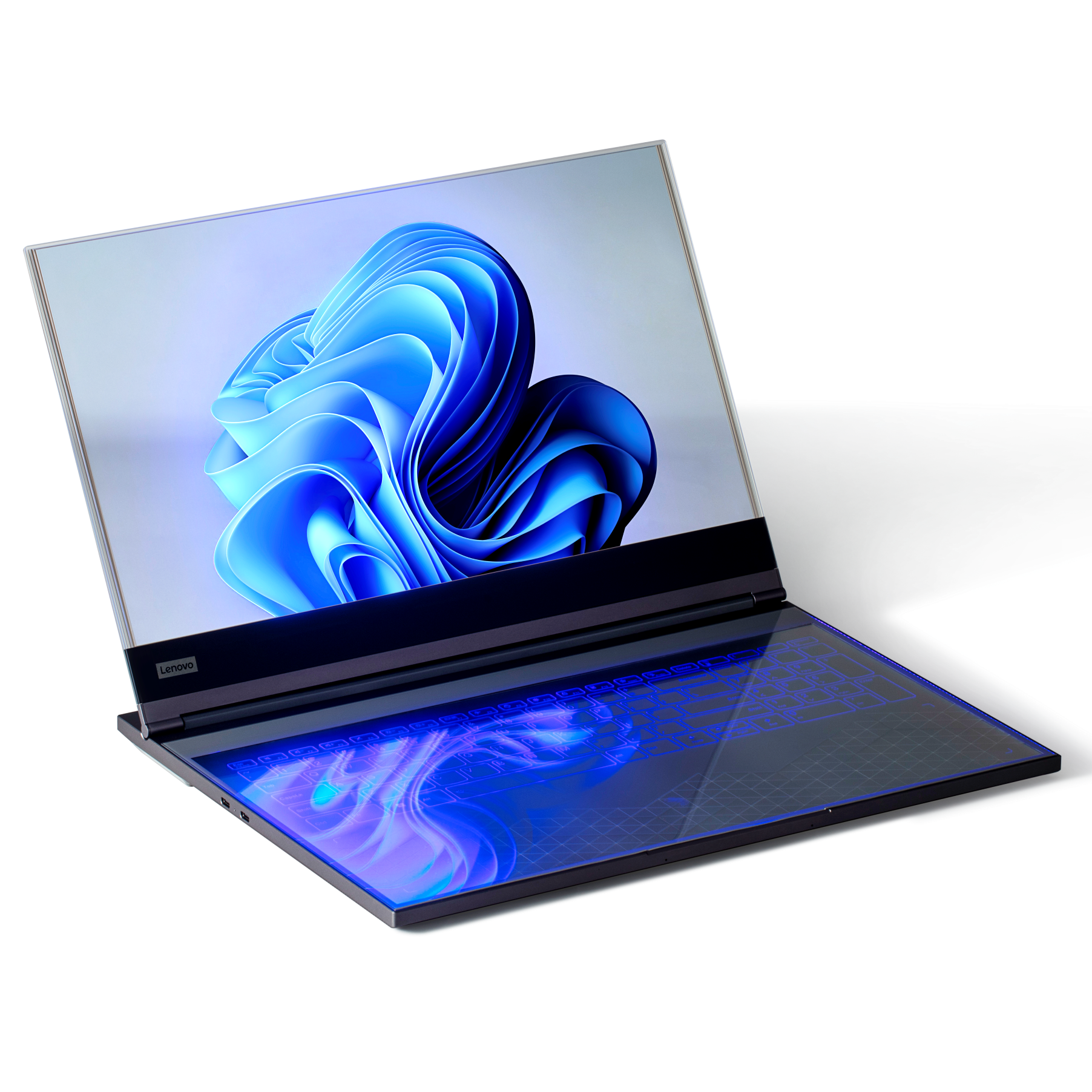
Lenovo ThinkBook Transparent Display Laptop Concept
The Lenovo ThinkBook Transparent Display Laptop Concept may not be entirely practical, but it’s cool enough to get away with that. When can we have this on a phone?
Nubia Flip 5G
Flip phones are officially affordable
2024 looks set to be the year of the affordable flip phone. Emboldened by last year’s $700 Motorola Razr, the Chinese brands Nubia, Doogee, and Blackview all brought bargain basement foldables to MWC this year, proving that you don’t need to drop a grand to get a phone that folds in half.
The Motorola inspiration is obvious in the Nubia Flip 5G’s specs: a Snapdragon 7 Gen 1, 6.9in folding display, and 4310mAh battery. It feels a little too lightweight, but you get a bigger external screen, albeit one that’s still limited to calendar widgets and selfie taking rather than running full apps like the pricier Razr+.
0:33
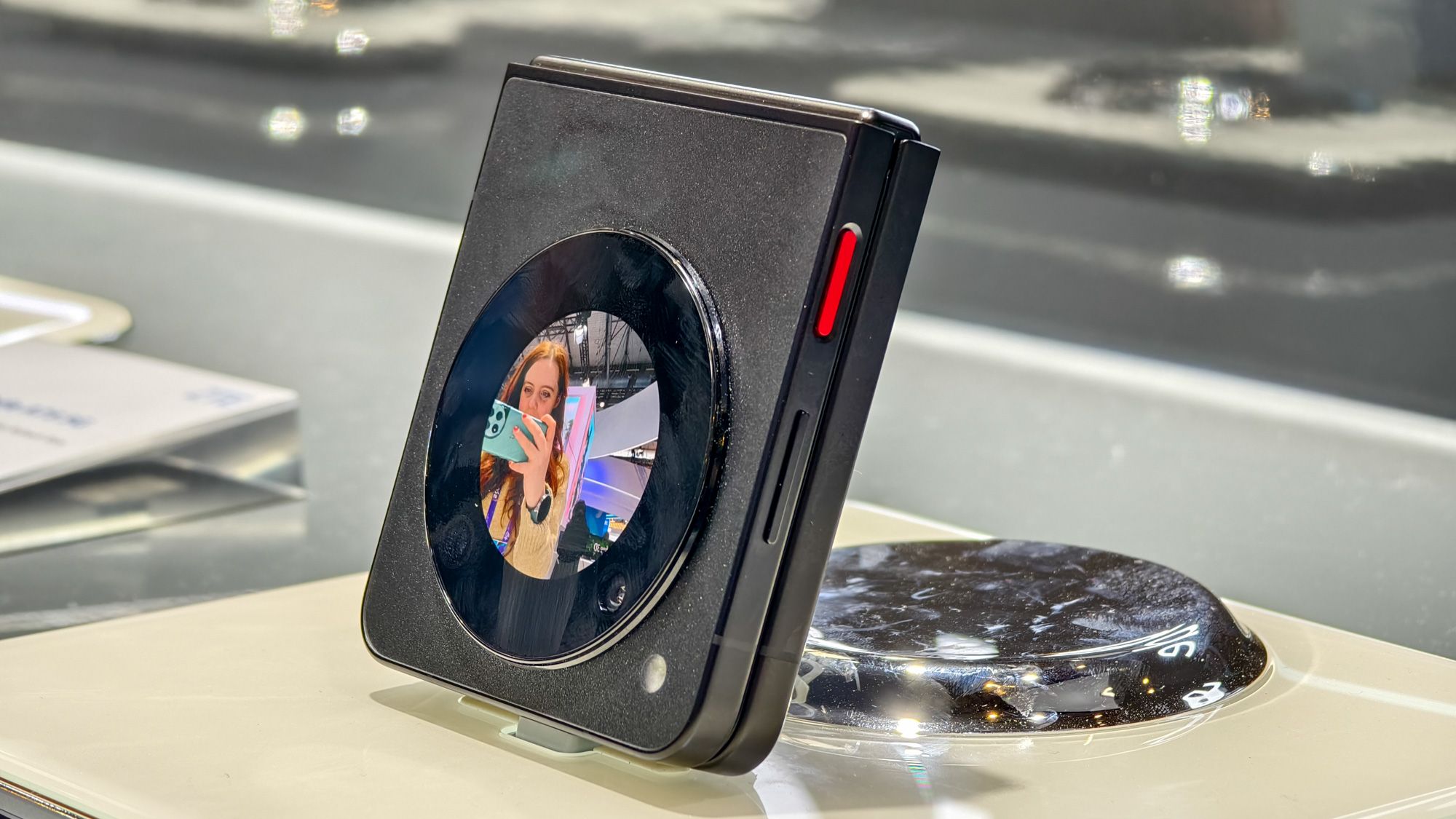
The Nubia Flip 5G is the first budget Razr rival
ZTE has unveiled a flurry of Nubia devices on Day 1 of MWC 2024
The $600 Nubia Flip 5G won’t ever come to the US, and even if it did, it would be a hard sell over the Razr, which is routinely available for just $500. But increased competition is exactly what the foldable market needs, and might be exactly the kick Samsung needs to get going on its own long-rumored Galaxy Z Flip FE.
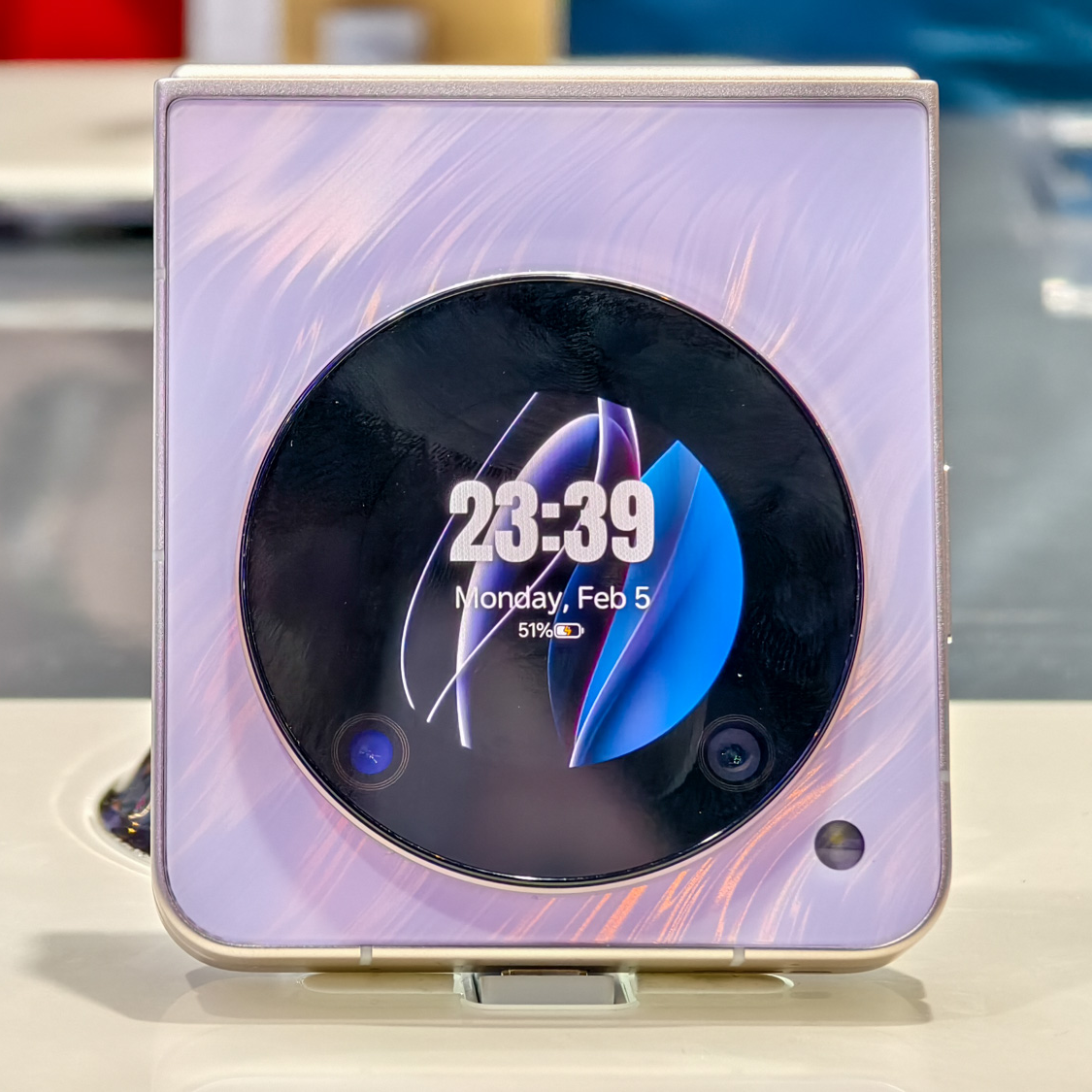
Nubia Flip 5G
The Nubia Flip 5G is a $600 rival to the Motorola Razr in international markets, shipping with similar specs but a larger, circular cover display.
OnePlus Watch 2
Four days charge on Wear OS
After Fossil’s apparent exit from the smartwatch space, OnePlus stepping in as a challenger to Samsung and Google’s dominance of the Wear OS market is exciting. The OnePlus Watch 2 is the company’s first to run Wear OS, which brings with it access to tons of apps on the Play Store, including heavy-hitters like Google Maps and Spotify.
More exciting, though, is that the OnePlus Watch 2 uses an interesting dual-chipset architecture to deliver battery life that, up to now, was only possible on simpler fitness trackers and purpose-built watches from companies like Garmin. OnePlus’s first Wear OS watch comfortably lasts up to four days on a single charge with its always-on display active, beating out runners-up like the Mobvoi TicWatch Pro 5 and Samsung Galaxy Watch 5 Pro.
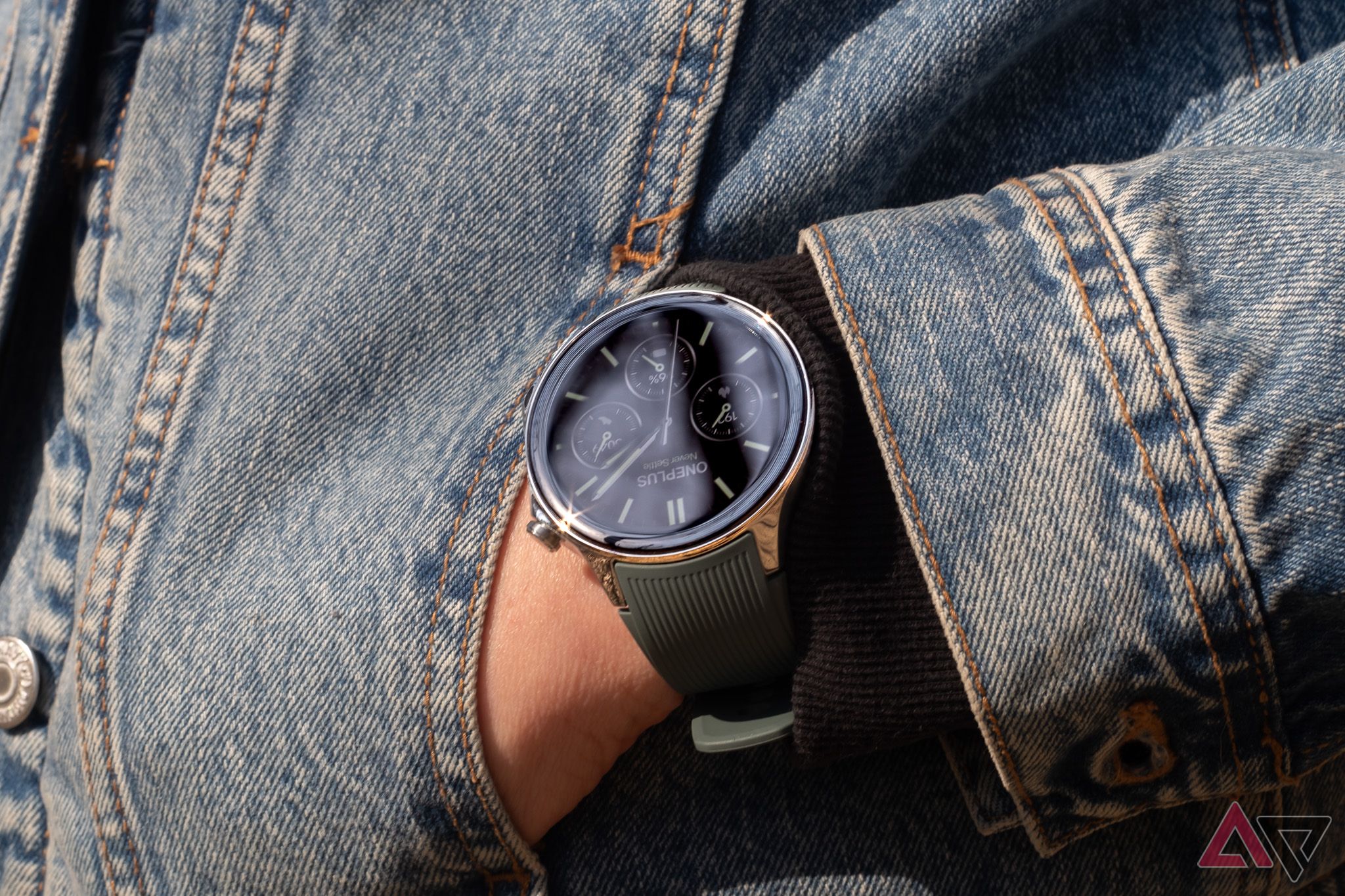
OnePlus Watch 2 review: Worth it for the battery alone
With two chipsets and two operating systems, the OnePlus Watch 2 offers revelatory battery life — but not much more
Google is championing the OnePlus Watch 2 as an example of the work it’s done on Wear OS’s “hybrid interface,” which sees wearable tasks split between two chipsets, one geared toward performance and the other efficiency. So while the watch itself is fine enough — I reviewed it at a 7/10 — it could be the start of a significant shift in Wear OS battery life. That’s a possibility worth highlighting.
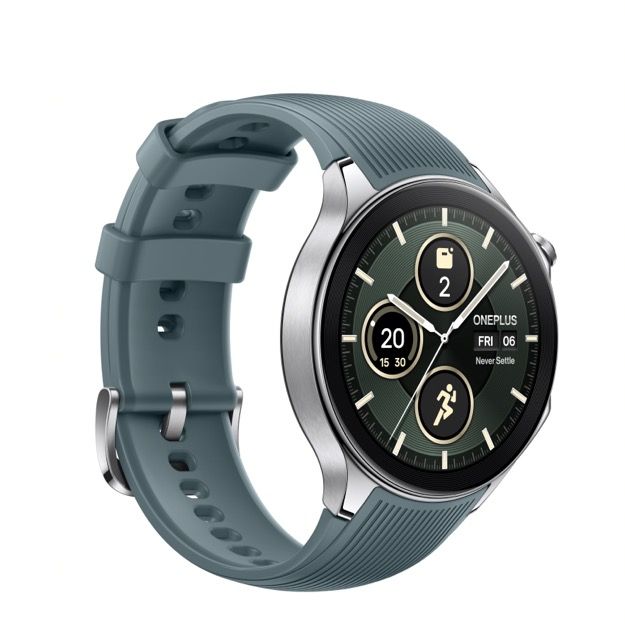
OnePlus Watch 2
The OnePlus Watch 2 is a good Wear OS watch with great battery life. We love it as much for how it works itself as for the promise of a longer-lasting Wear OS ecosystem across the board.
Samsung Galaxy Ring
A new contender enters the ring
After the shortest of teasers at the Samsung Galaxy S24 launch in January, the Galaxy Ring is now official. MWC 2024 was where the brand shared a lot more of the key details and properly debuted the design letting writers from around the world see the fitness tech for the first time… but through a glass cabinet.
As much as this award is for Samsung, we’re also mostly excited about such a major name joining the burgeoning fitness category. Smart rings aren’t particularly new, but we’ve yet to see a household name brand take on the challenge of boiling down fitness and sleep-tracking tech into a device that wraps around just a finger.
0:26
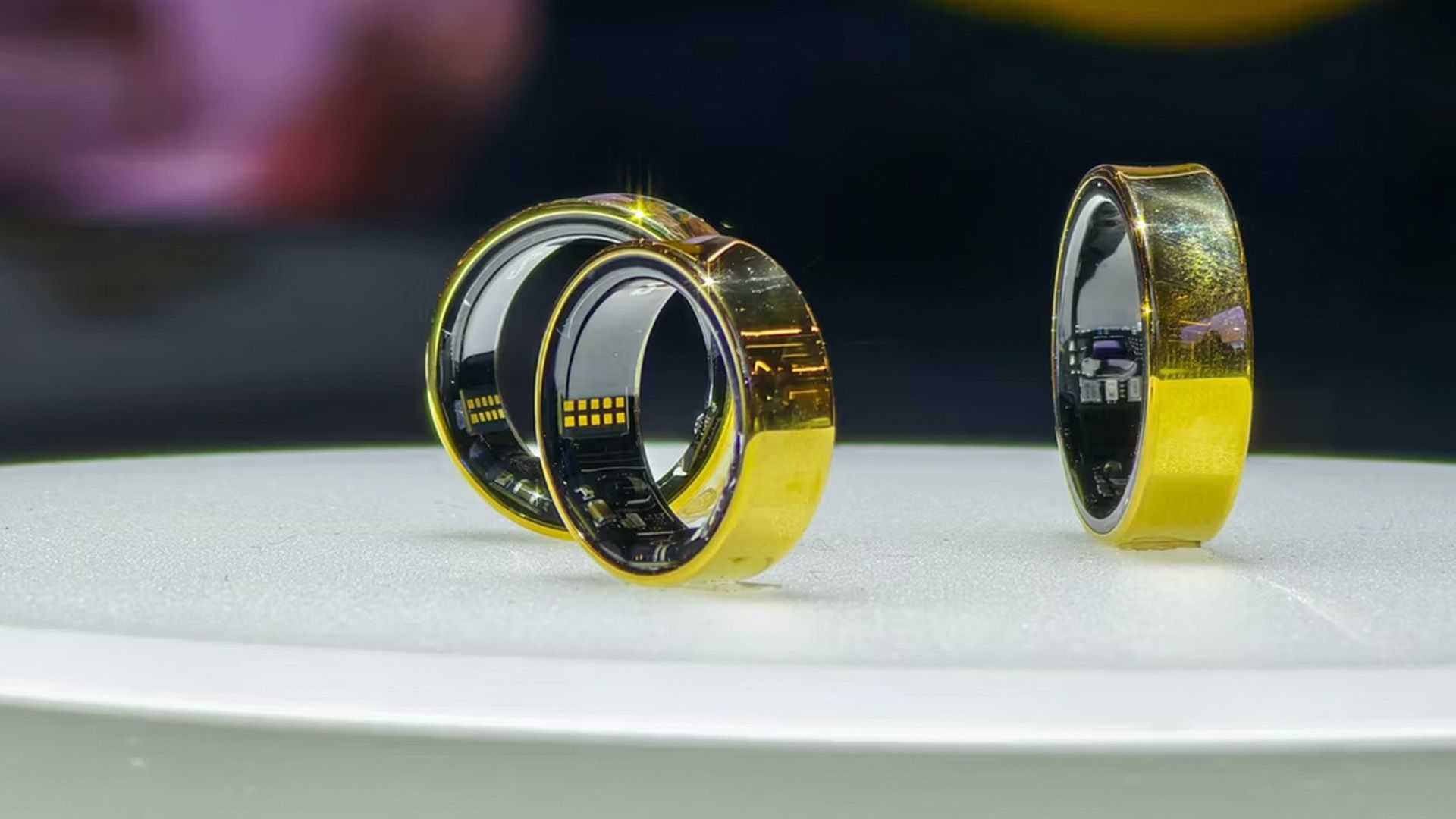
7 new things we’ve learned about the Samsung Galaxy Ring
The smart ring is coming later this year
The Galaxy Ring looks sleek, and it’s much lighter than the competition. It comes in three colors; gold, silver, and black. We’re unclear when exactly you’ll be able to buy the Ring, plus we don’t know how much this gadget will cost. If Samsung is smart, it will try to undercut its competition such as the Oura ring.
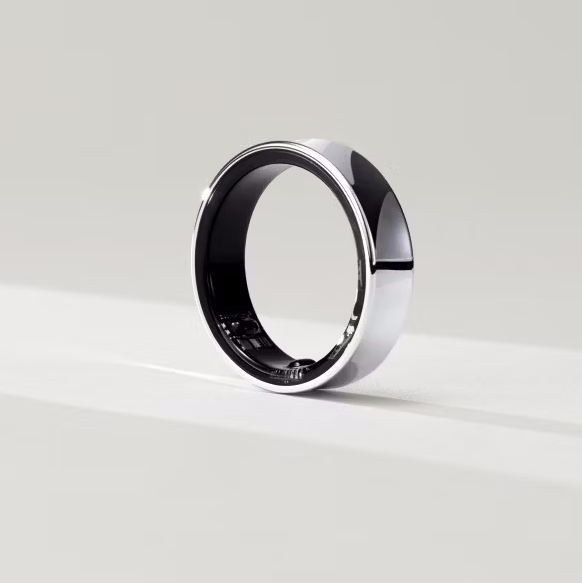
Samsung Galaxy Ring
The Galaxy Ring is a whole new form factor for Samsung, packing its health and fitness tracking tech into a compact piece of kit. The main question now is whether it can one-up incumbents like Oura and Circular.
Tecno Pocket Go and AR Pocket vision
Is this the future of AR?
What if the Steam Deck and the Apple Vision Pro had a weird, Windows PC-based baby? That’s basically the premise behind Tecno’s Pocket Go, which combines an AR headset with a PC built into a controller for a pretty unique gaming experience. Tecno has spent the last year making a name for itself with two different foldables at affordable prices, but the Pocket Go heads in a completely different direction. Rather than try to undercut an already existing product, this headset combines its two core ideas into one intriguing gadget.
The computer is powered by AMD’s Ryzen 7 8840HS processor, paired with a Ryzen 780M graphics card that should be powerful enough to play relatively recent AAA games at low or even medium graphics settings without breaking a sweat. The displays embedded into the glasses sound small — two 0.71-inch micro OLED screens — but they’re capable of projecting the equivalent of a 215-inch display right in front of you. Not too shabby.
In a world filled with Steam Deck also-rans trying to get portable Windows machines right, it’s hard not to be impressed with Tecno’s attempt here. Unfortunately, without specific launch details — including pricing — we’ll have to keep waiting to see when it’ll actually be up for grabs.
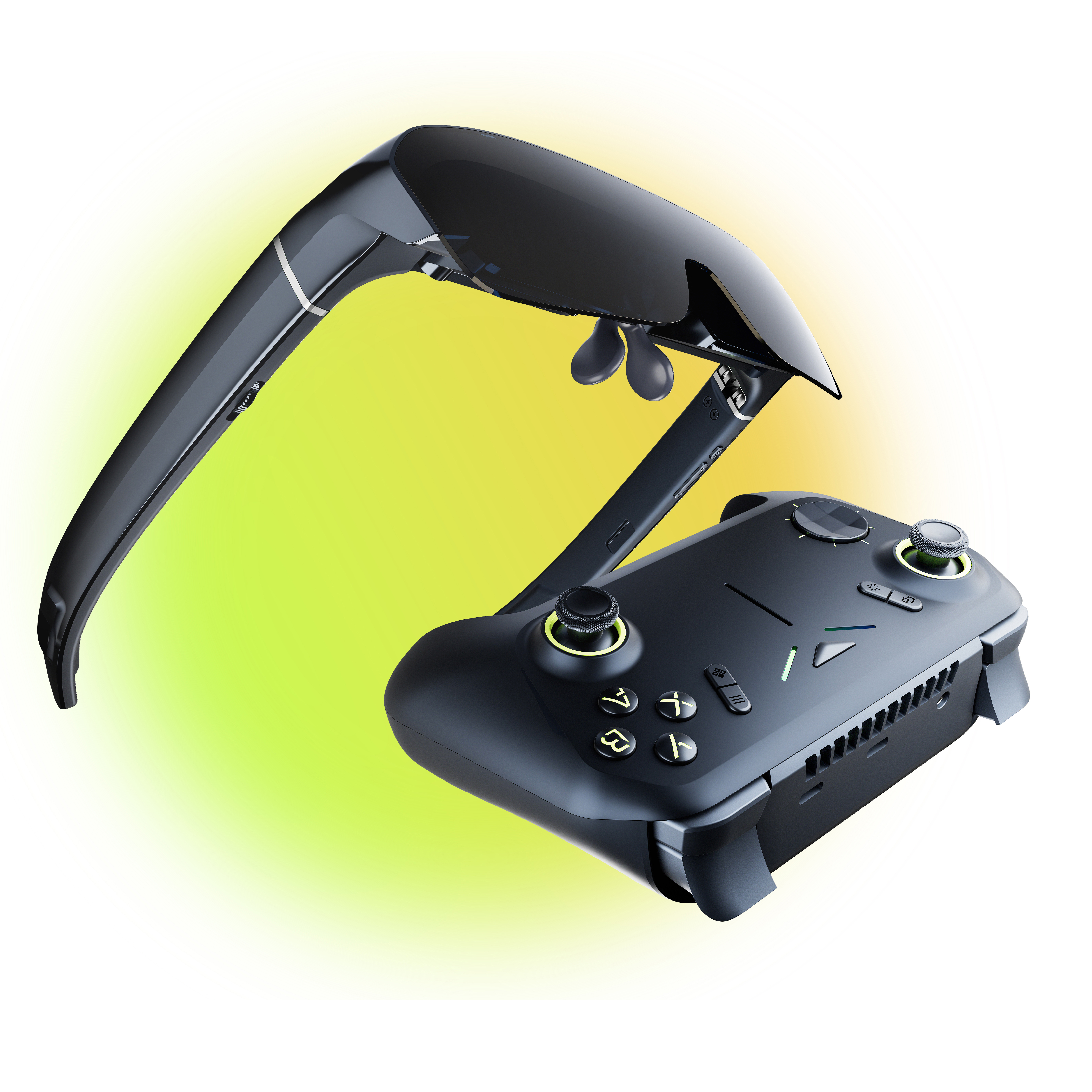
Tecno Pocket Go
Gaming handhelds are so 2023. The Tecno Pocket Go ditches the screen and swaps it for an AR headset to pair with this Windows-powered controller.
Xiaomi 14 Ultra
The camera phone to beat
Xiaomi’s latest flagship phone isn’t exactly packed with unheard of innovations — this is basically a repeat of last year’s 13 Ultra with some tweaks around the edges. But by making those tweaks where it counts — the main camera — Xiaomi seems to have improved on what was already one of best phones you could buy outside the US.
With a new 1-inch LYT-900 sensor powering the variable aperture main camera, the 14 Ultra has a credible claim to being the best camera phone on the market this year, even if its ultrawide and two telephotos are mostly unchanged.
0:47
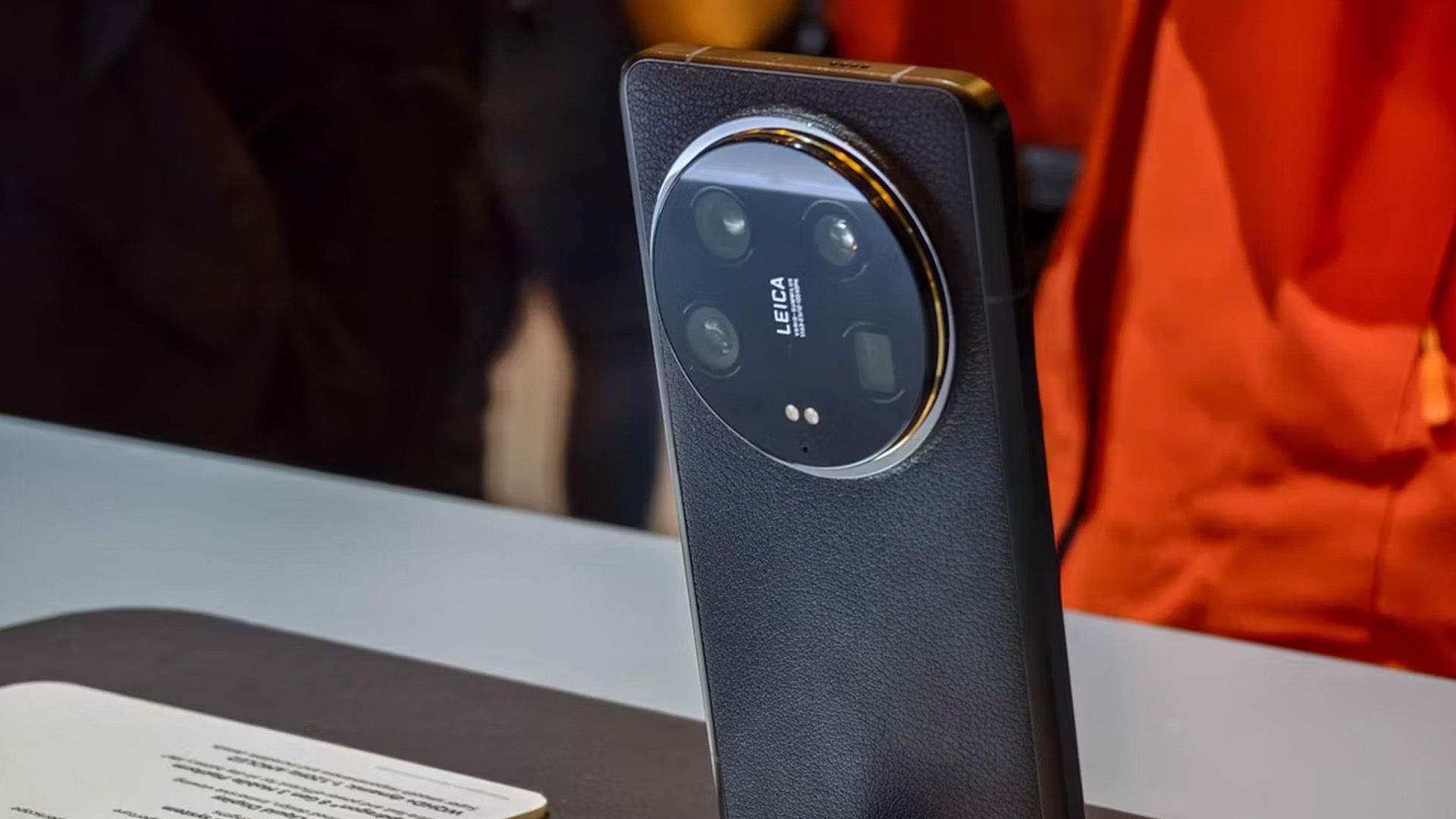
Xiaomi 14 Ultra changes the camera but not much else
Xiaomi’s new flagship is as iterative as the S24 Ultra, but the few changes are where it counts
We also love the move to a subtly quad-curved display, which splits the difference between flat and curved screens by giving you the aesthetic and usability of the former together with the comfortable hand-feel of the latter. Even flat phone fanatics might be won over by this one.
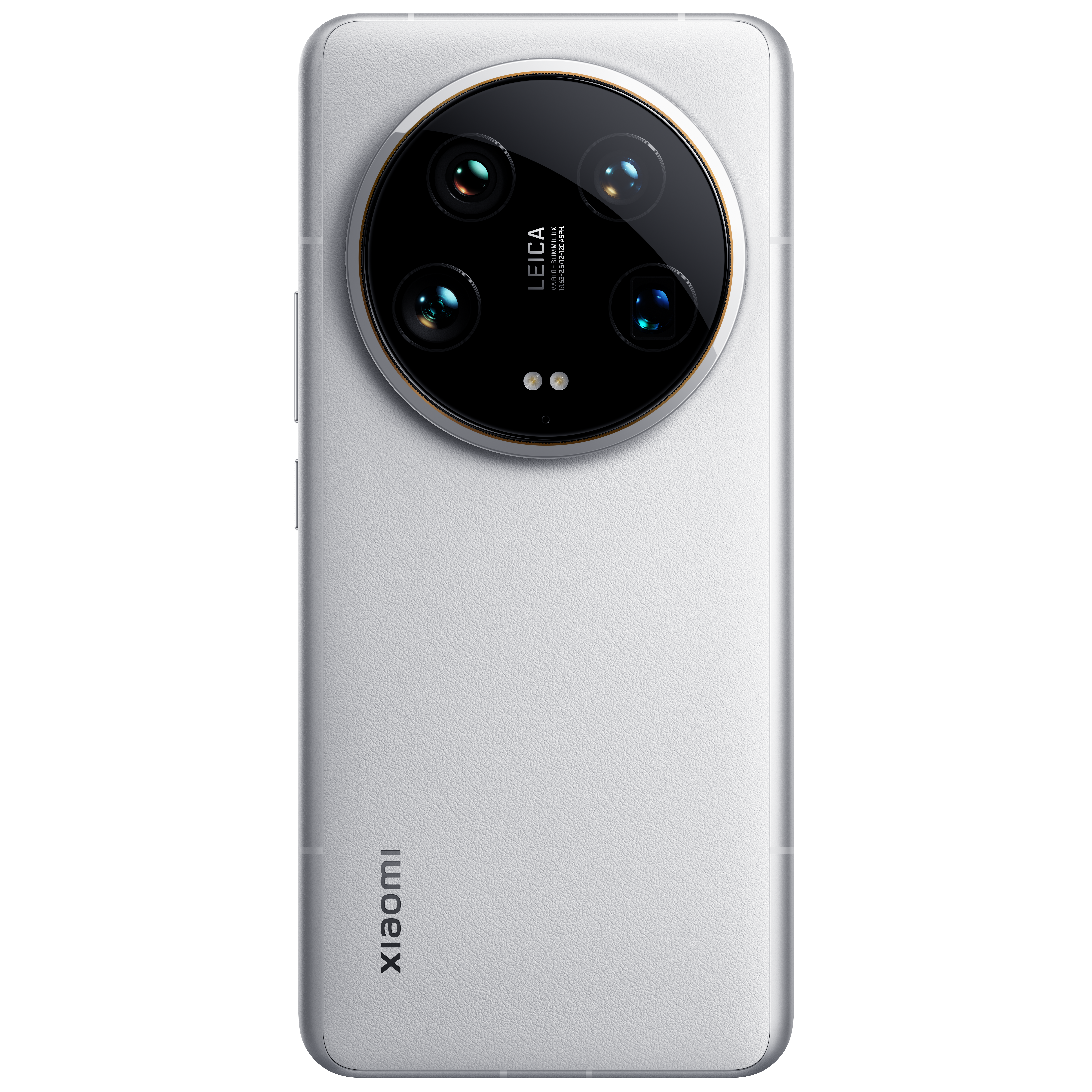
Xiaomi 14 Ultra
The Xiaomi 14 Ultra might just pack the most powerful phone camera of 2024, with an upgraded main sensor and an impressive returning trio of ultrawide and telephoto lenses. We just wish it would launch in the US.
Xiaomi Pad 6S Pro
Big tablet, small price
The Android tablet market is limited at the best of times, and even more so if you’re looking for a big screen that’s as good for work as it is Netflix binges. Samsung really rules the roost here, but Xiaomi has decided to have a go too with its 12.4-inch Pad 6S Pro.
The Xiaomi Pad line has been quietly excellent for a couple of years now, delivering powerful performance without the price tag — and although they don’t officially launch in the US market, imported models are routinely available on Amazon and well worth considering.
The Pad 6S Pro is no exception, with last year’s flagship Snapdragon 8 Gen 2 powering its 144Hz 3K LCD display in a productivity-friendly 3:2 aspect ratio, and a hefty 10,000mAh battery that can be fully charged in a little over half an hour thanks to 120W charging. All that comes to just €699 (around $750), making it an easy alternative to the Galaxy Tab S9 FE+.
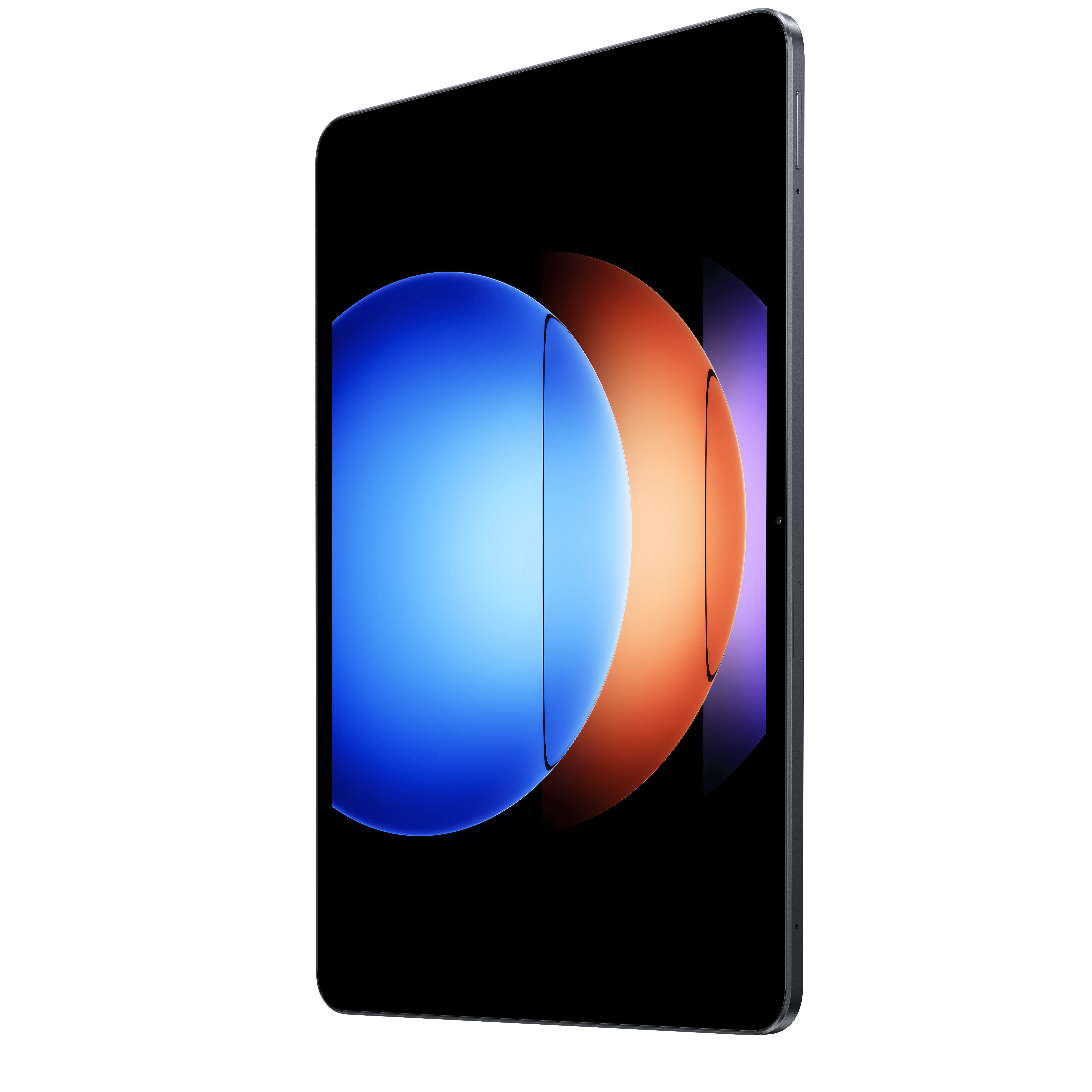
Xiaomi Pad 6S Pro
Xiaomi’s Pad 6S Pro isn’t quite Tab S9 Ultra size, but it’s getting close, and its 12.4-inch, 3K, 144Hz display is clearly the main draw. Throw in fast charging and a powerful Snapdragon 8 Gen 2 chip, and you have a capable rival to Samsung’s Plus-sized tablets.
